
As a plant manager charged with the safe and productive operation of plant equipment, you realize the importance of regular maintenance. But equipment failures hardly follow a schedule, so why should your maintenance adhere to a program?
Preventive Maintenance – Useful, But Is It Optimal?
Scheduled maintenance, also known as preventive maintenance, relies on average rates of equipment wear to schedule maintenance cycles after a prescribed amount of time or number of hours of equipment use. It works fine to address equipment issues if the equipment wears out at the expected rate. However, equipment usage, and therefore wear, differs widely from case to case.
Wear is also determined by shifting operating conditions like temperature, load, and motor speed. If there are periods of unusual activity or stress on the equipment, preventive maintenance may not be able to avoid critical failure. Imagine a situation where you just did scheduled maintenance, everything looked great and you set the next maintenance date for a few months out. However, if in the next month you overwork your equipment because of unusually busy activity, you may need maintenance sooner than you planned for. Without maintenance, you run the risk of an unexpected equipment failure, which may cause unusual delays in repair time and spikes in repair cost.
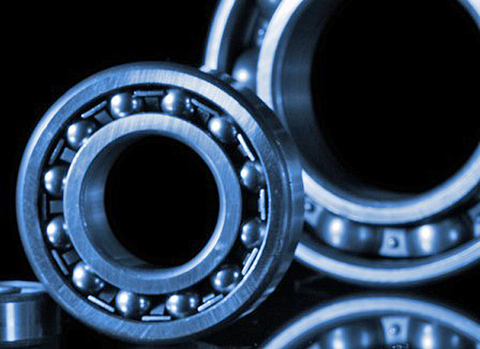
One alternative is to schedule maintenance events more frequently to mitigate this risk. The problem with this is increased downtime and maintenance costs over the operating life time of the equipment. Clearly, this forces a trade-off between managing the risk of equipment failure and keeping operating costs low.
Why Compromise on Safety and Continued Operation?
What if a maintenance program could provide insight into the real-time operating condition of your equipment, allowing you to predict failures and take timely action to prevent them? With predictive maintenance, you can have the best of both worlds by keeping your equipment running safely and reliably while keeping maintenance costs low.

At the heart of any predictive maintenance program is condition-based monitoring, which is the ability to regularly monitor the operating condition of the plant equipment without disrupting its normal operation. This allows you valuable insight into unusual, and even dangerous, trends in operating conditions that may be warning signs of equipment failure.
With this insight, it is possible to schedule a maintenance event at a time when it is least disruptive to the production line, thus optimizing the total uptime of the equipment and avoiding emergencies. An unexpected motor fault can happen any time of the day or night, but when you perform maintenance before the need becomes urgent, you can schedule the maintenance for when it’s most convenient.
Can Continuous Temperature Monitoring Pull You Out of Hot Water?
Of the existing condition-based monitoring solutions, the ones that monitor temperature are particularly useful for motorized equipment. For plant equipment like motors and pumps, which have metal windings, moving shafts and bearings, the temperature of their parts usually rises even during normal operation. In failure scenarios like overloading a motor shaft or single-phasing, the temperature rises to abnormal levels. Allowing these conditions to persist may result in overheating, causing the motor windings to melt or the bearings to break and ultimately leading to equipment failure. Such failures may be spark catastrophic events like electrical fires. Carefully monitoring the temperature of motor components provides a forewarning, allowing you time to address the issue before it escalates.
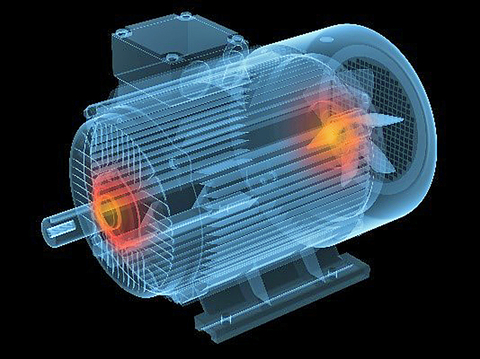
Traditionally, equipment handlers have relied on touching the equipment or using hand-held tools to sense hot spots. Covering all critical locations of the equipment can be time-consuming and inefficient. Being in physical contact with working equipment can be extremely dangerous, since some motors operate at more than 100°C. While this solution seems simple and comes at no upfront cost, it jeopardizes the safety of plant personnel and may incur a huge liability cost. Infrared imaging solutions tend to be less risky, but are still inefficient because they need a worker to walk the floor to make regular measurements. As with the hand-test, this solution doesn’t guarantee full coverage. The handheld infrared devices can miss spots or their readings can be confused depending on how reflective the surface of the motor is.
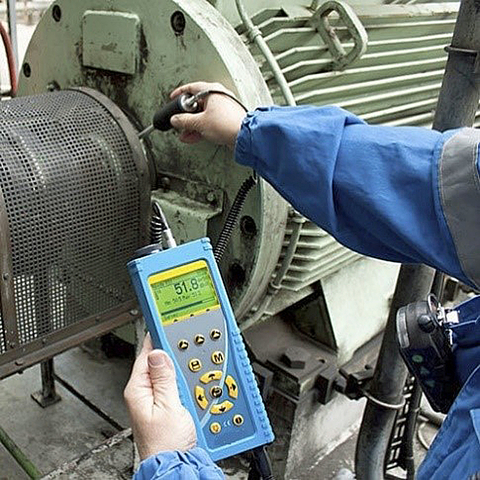
One strategy to avoid doing maintenance is to use motors with built-in protection circuits, but these are uncommon and expensive. They only serve to mitigate the danger to equipment after the problem has occurred, and do nothing to predict such problems. Considering these inadequacies, there is a need for a condition-based thermal monitoring solution that can sense temperature at critical locations in the plant equipment in a continuous, wireless and reliable manner.
Smart Passive Sensing Solution Goes Where No Sensor Has Gone Before
As an example of one solution, RFMicron has developed a Smart Passive Sensing Solution that meets all your equipment monitoring needs and more. The temperature monitoring sensors are wireless and battery-free. They communicate wirelessly with a reader, harvest energy from the reader signal and report back the temperature to the reader. This temperature reading is accurate to within a 1°C.
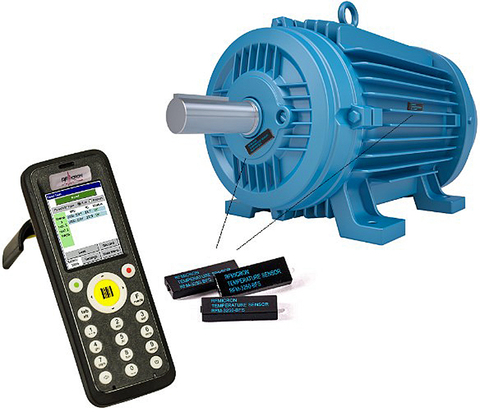
The reader can query the temperature as often as needed and over as many sensors as the application calls for. This allows for a continuous and efficient temperature sensing solution. The sensors come in a variety of shapes, allowing them to be easily installed at different locations of the equipment where sensing temperature may be crucial. They vary in size from a Lego brick to a Post-It note (see figure 6).
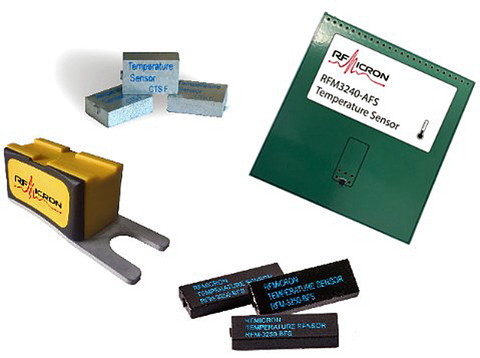
The versatility in form allow our sensors to fit in a variety of tight spots, including on the fins of a motor housing (Figure 5), on busbars in datacenters or in contactor assemblies in switchgear. Without wires, installation of the sensors is easy and quick. You simply need to determine where to monitor temperature, choose a sensor appropriate for that location and stick it on. Our sensors can be attached to both metallic and non-metallic surfaces using their adhesive backing.
Once the sensors are installed at the desired locations, they don’t require any maintenance since they are battery-free. Thanks to a long read-range, the antennas and reader can be installed several meters from the equipment. The reader can be programmed to periodically probe all nearby sensors for temperature, eliminating the need for factory personnel to walk the factory floor and manually do the same. Our readers support all protocols commonly used to connect to a back-end SCADA network, making cloud connectivity easier. This maintenance-free operation contributes greatly to savings in operational expenses over time.
In today’s data-driven world, obtaining data is key – for saving costs, ensuring the safety of your staff and equipment, and keeping your plant at its most productive. With RFMicron’s Smart Passive Sensing™ Solution, we can deliver real-time data in a manner that is continuous, reliable and maintenance-free to save you time, money and worry.
Picture credits:
Figure 2: “Burnt-out motor windings” – Texas Instrument E2E blogs on motor and drive control
Figure 4: “Manual inspection of plant equipment” – SDT270: Monitoring Bearing Condition to Prevent Failure
About the author
Tanmay Zargar is the Director of Marketing at RFMicron Inc. Tanmay is a 15-year veteran of the embedded signal processing and sensors industry, based in Austin, Texas. He specializes in the conception and execution of new ideas and bringing these to the market. He can be reached at RFMicron Inc., Austin, TX. [email protected] / 512-275-6271. Also, read RF Micron’s latest Whitepaper.